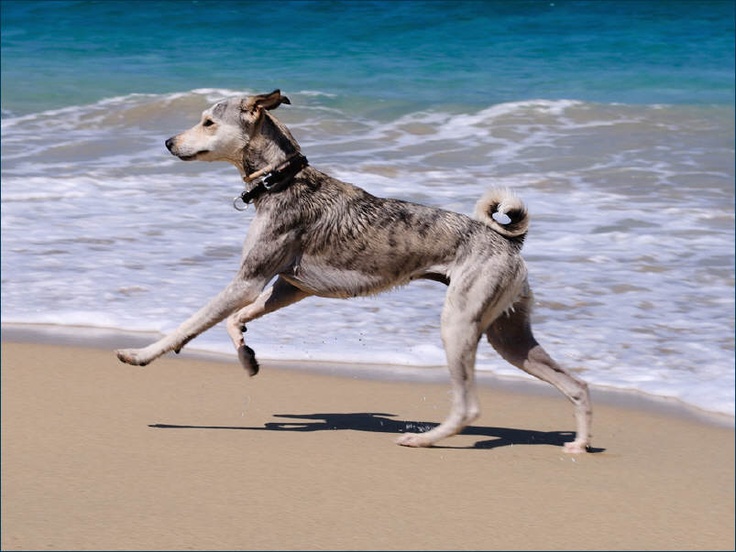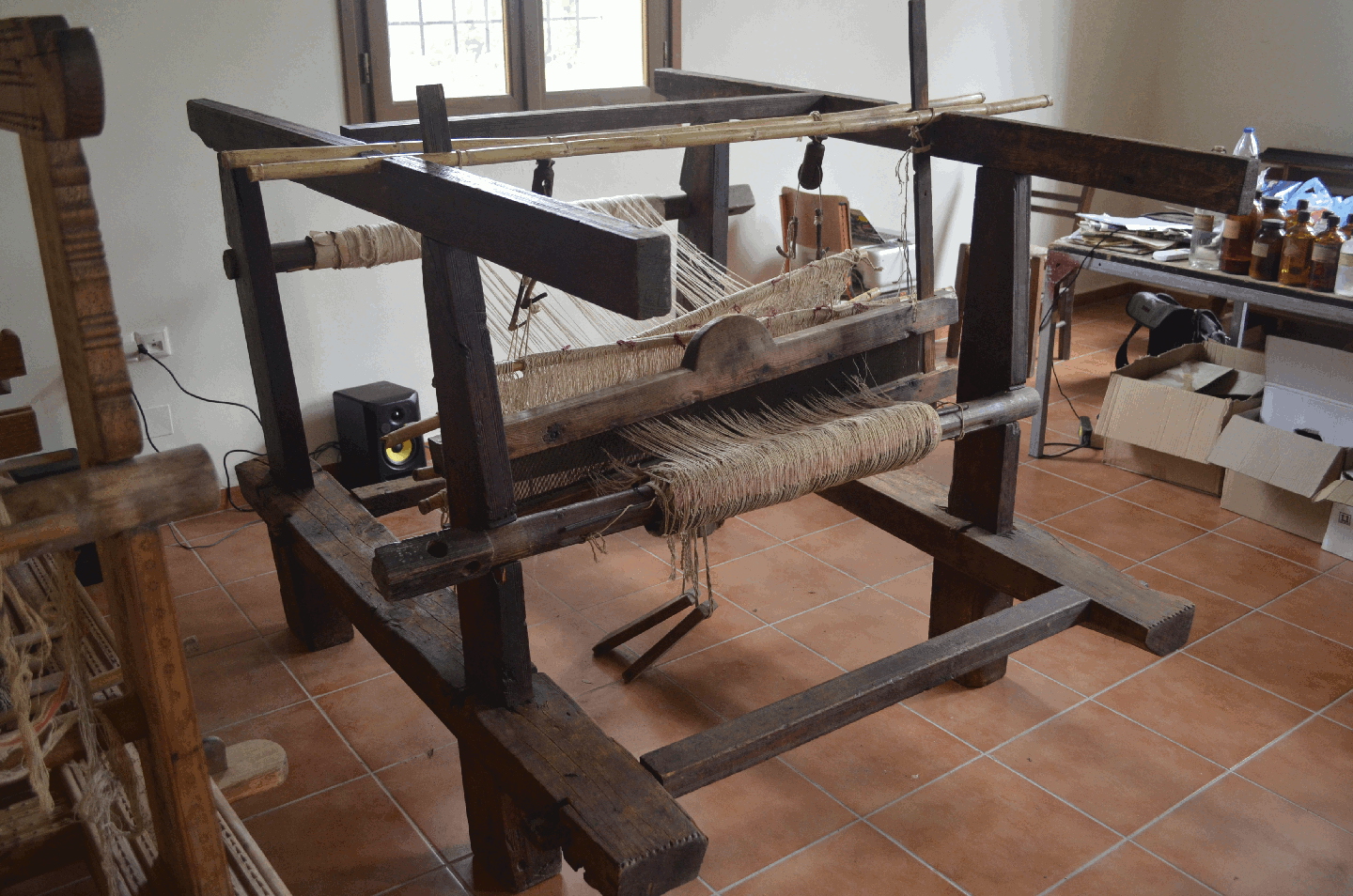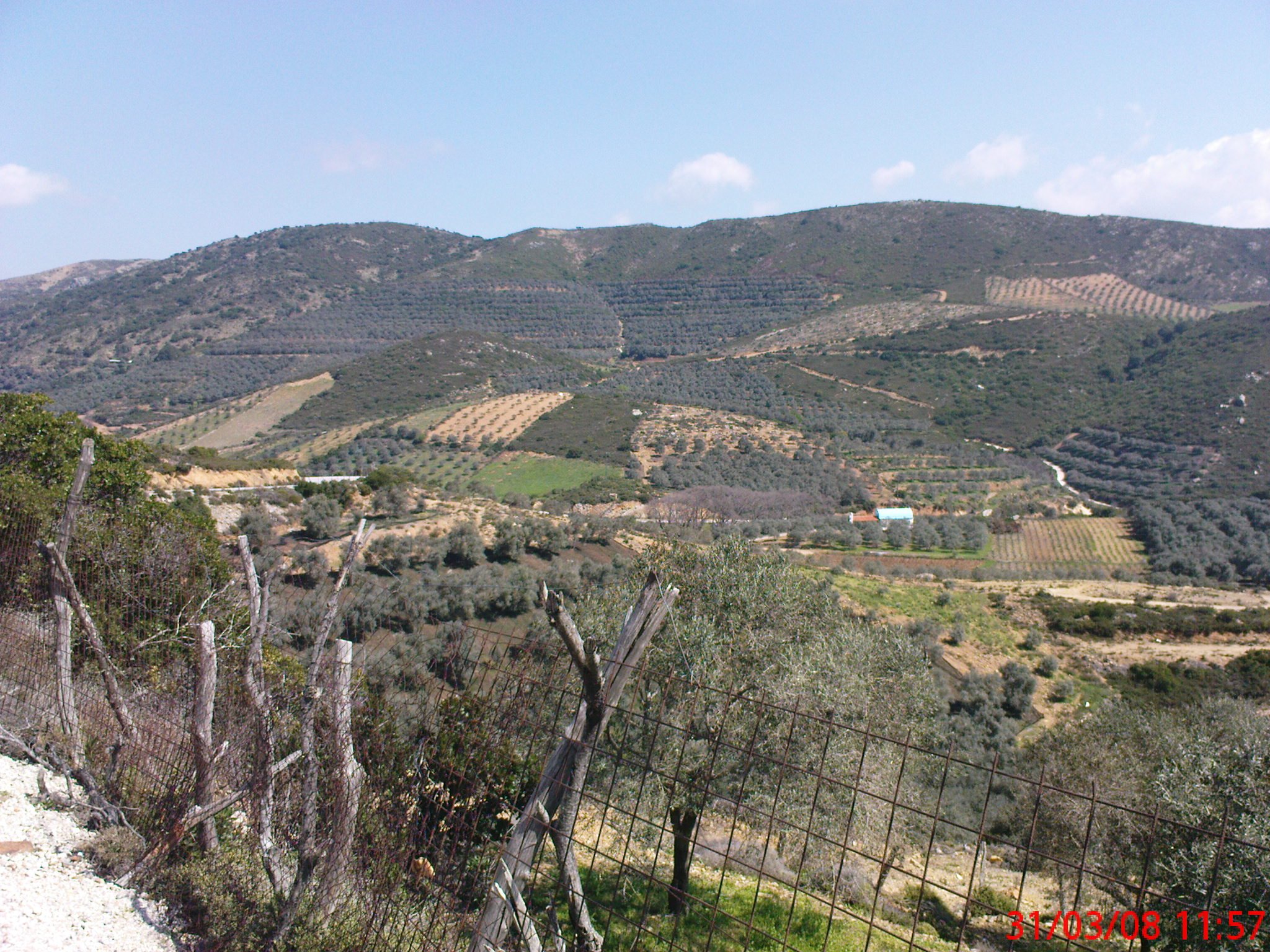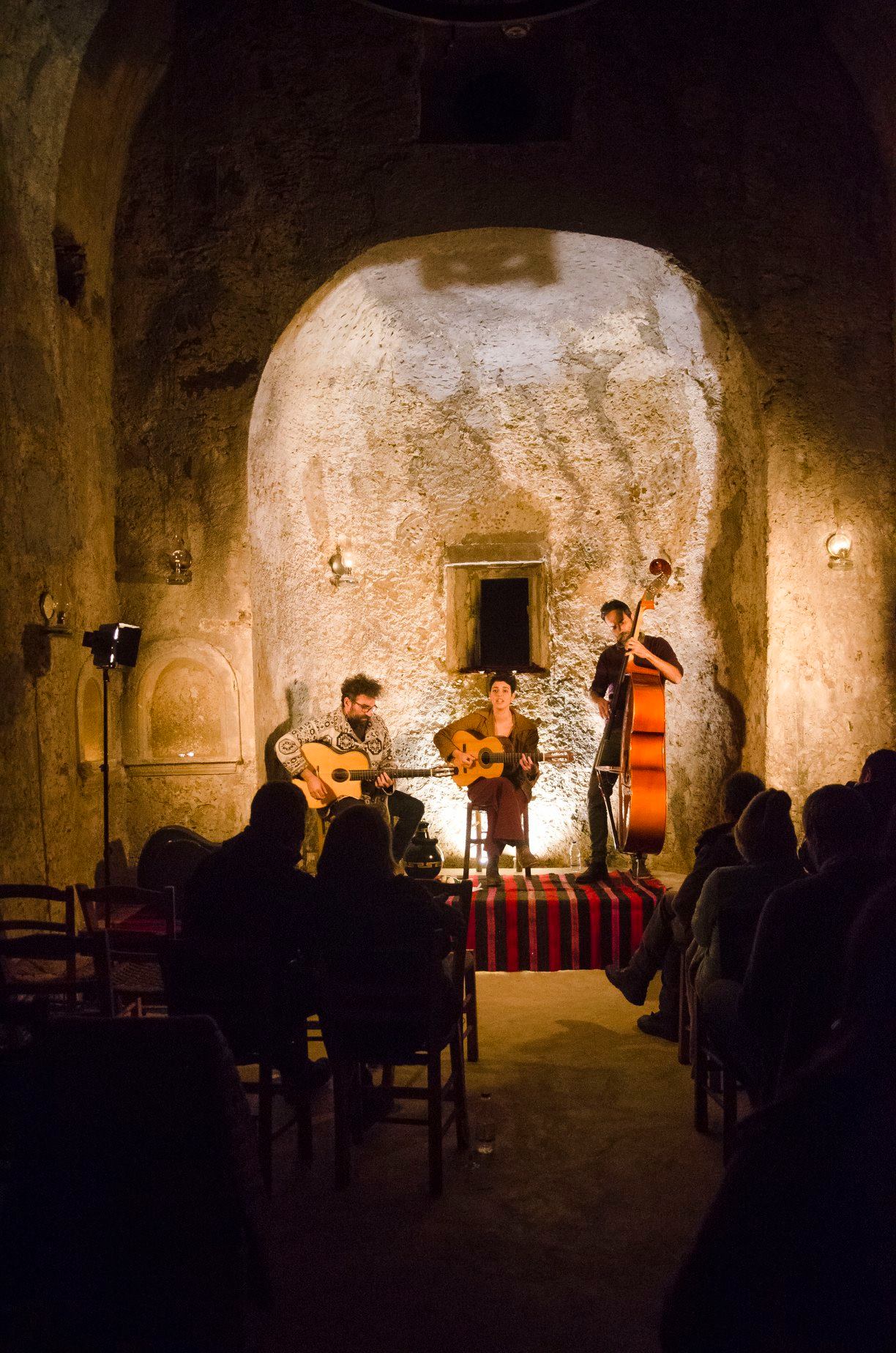Kritikos Ichnilatis is considered to be one of the oldest hunting breeds in Europe, with a history that goes back 4000 years ago. In classical times it was praised as the best hare-hunter known to man and in ancient times they were exported to the Greek colonies and other countries in Europe, reaching as far as Spain and also the British Isles, to mix and improve the local hounds. It is possible that their ancestors came from Africa but they were subsequently adapted to this unique habitat of Crete, and as the island was remote enough to host other unique species of animals, such as a unique sub-species of wild goat, lynx and others. These dogs were Isolated on the island for millennia remaining unchanged to this day. This primitive hunting dog has been shown on writing and artefacts, coins and tapestries for at least 3500 years. It was extensively bred and used by the Minoan Civilisation which, at its peak, dominated over most part of the Aegean, the Cyclades islands and eastern Peloponnese.
This slender dog from Crete, is multi-talented and has been specially adopted for its swift reflexes and high speed over dangerous and rocky terrain. It has an excellent scent, phenomenal speed and agility making it an exceptional hare and wild rabbit hunter on the harsh terrains of the island. The head of these animals is wedge-shaped and elongated, with pricked and very mobile ears that fold backwards similar to a greyhound’s during the chase. The tail is a most important characteristic, long and it curves upwards, forming a tight ring and covered with a brush of longer hair underneath. Cretan Hounds also have guarding instincts as well as pastoral instincts with the males growing to 27 inches or more (60 plus cm). The females are slightly smaller 19 plus inches (50cm), both males and females can weight between 20-30 kg. For years they were kept secret and even now they rarely leave Crete, apart from on the rare occasions then taking part in International dog shows held in Athens, where visitors have the opportunity to meet a true living legend.
This was mainly attained due to a long history of struggle against outside enemies, the Cretan people are a proud, independent, freedom-loving race, somewhat suspicious and very stubborn. They don’t like to give their dogs to outsiders and even to this day the best specimens are kept hidden often from public view. Breeding practices have been at times ruthless and with limited means and resources in the past. This then taught the locals to neuter all but the best males. This resulted in a predominantly strong and healthy breed and quite small in number. These dogs are somewhere between a scent-hound who have large noses, deep open nostrils and loose, moist lips, designed to pick up scent particles and follow the trail of an animal.
Their ears are long which concentrates the scent on the nose. Also similar to a sight-hound, like a greyhound also known as Gazehounds as their gaze focuses on the horizon seeking their game, specialising in hunting their quarry by sight rather than scent lean, also having a muscular body, deep chest and long powerful legs, essential assets when following any fast and agile prey. Sight-hounds are elegant dogs – long, lean and almost regal in their general looks, these then have a lot in common with the Cretan Hound .
Originally probably bought by Greeks from Egyptian merchants, some time before 1000 B.C. The first breed of dog named in western literature was the ancestor of the greyhound. In The Odyssey, written by Homer in 800 B.C. the hero Odysseus is away from home for 20 years fighting the Trojans and trying to get home against the opposition of the god Poseidon. When he finally returns home, he disguises himself. The only one to recognise him was his hound Argus, who is described in terms that marks him clearly as a sight-hound, hunting and chasing hare. Art and coins from Greece depict short-haired hounds virtually identical to modern greyhounds, making it fairly certain that the greyhound breed has changed very little since 500 B.C. A reason for the lack of change in 2500 years is that, until very recently, the function of the greyhound has remained the same, to thrill with its agility, speed, and intelligence as it chased the wild hare.
Around 325 B.C. a hound named ‘Peritas’ reportedly accompanied the Macedonian monarch Alexander the Great on his military campaigns. The Greek gods were often portrayed with greyhounds. A hound often accompanies ‘Hecate, the goddess of wealth. The protector of the hunt, the god ‘Pollux’, also is depicted with hounds. One myth tells of how a human named ‘Actaeon’ came upon the goddess ‘Artemis’ taking a bath in a river. She punishes his impropriety by turning him into a stag. He is then hunted down by his own hounds. Depictions of this scene occur many times in Greek and Roman artworks.
Source: Onlycrete




